Kasargod
Kasargod, located at the northernmost tip of Kerala has a cultural identity shaped by its linguistic and ethnic diversity. With a significant Tulu-speaking population, alongside Malayalam and Kannada speakers, the district is a melting pot of Dravidian languages. Its customs, cuisine, and festivities, influenced by its proximity to Karnataka, create a unique flavor, setting it apart from other Kerala districts. The Muslim community in Kasargod, Kerala, has a deep-rooted history, tracing its origins to ancient maritime trade routes, which have fostered a rich cultural exchange. The Malik Deenar Mosque, believed to be one of the oldest mosques in the Indian subcontinent and stands as a testament to the community's historical significance and religious heritage in the region. Kasargod's distinctiveness also lies in its rich heritage of Theyyam rituals, Tulu Nadu traditions, and historical landmarks like the fort at Bekal, the largest in the state.
Kasargod Landscapes


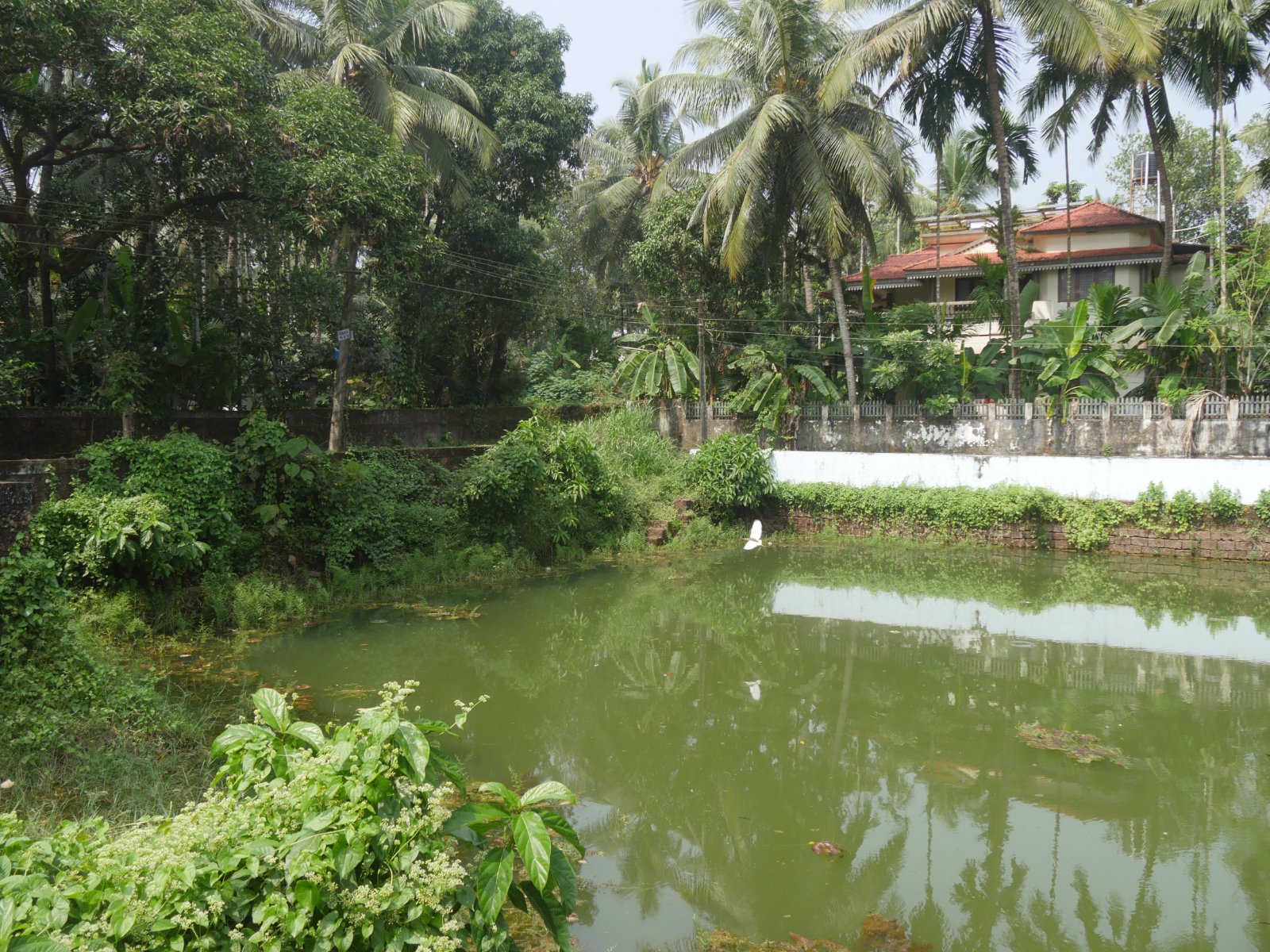
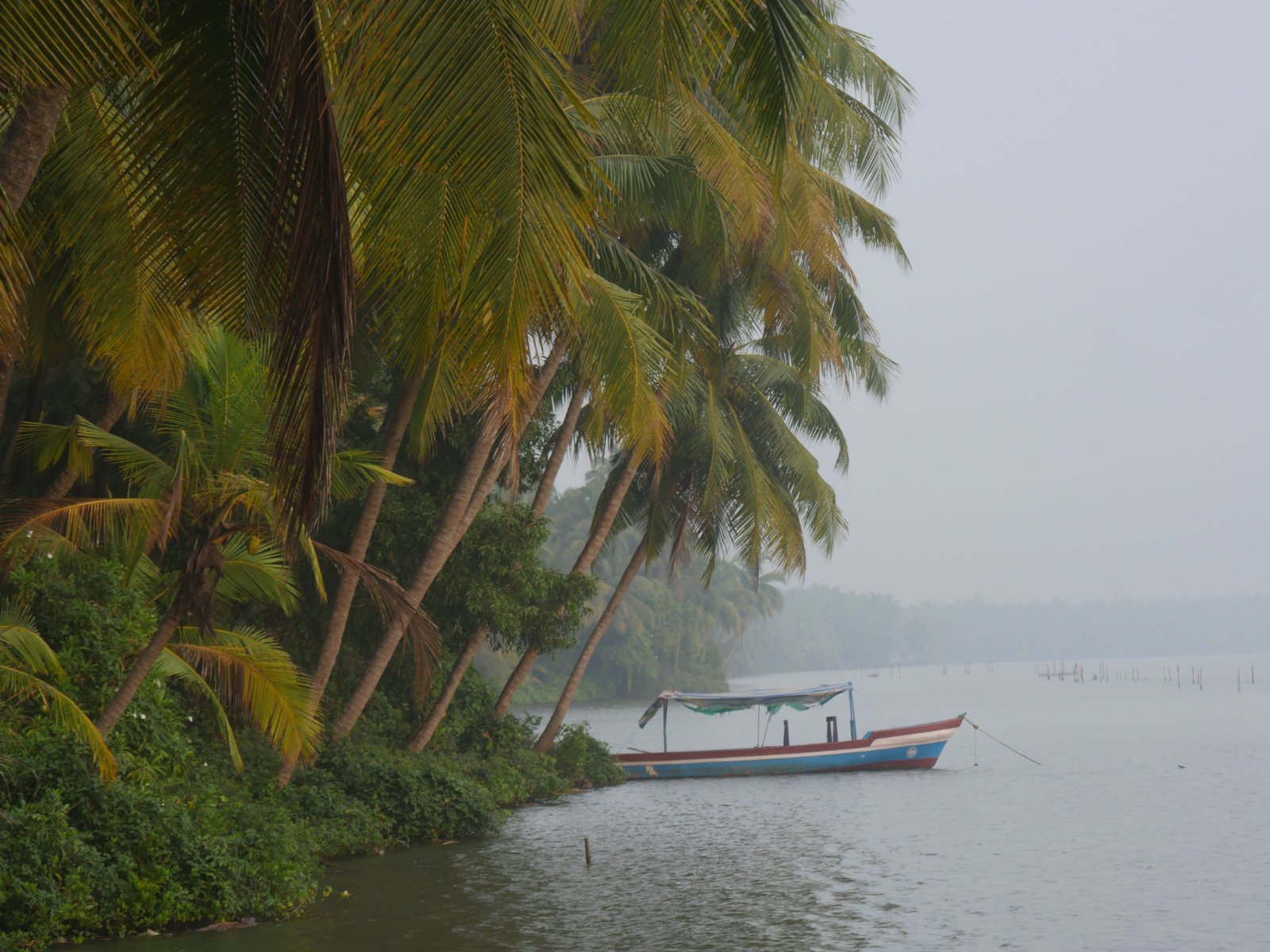
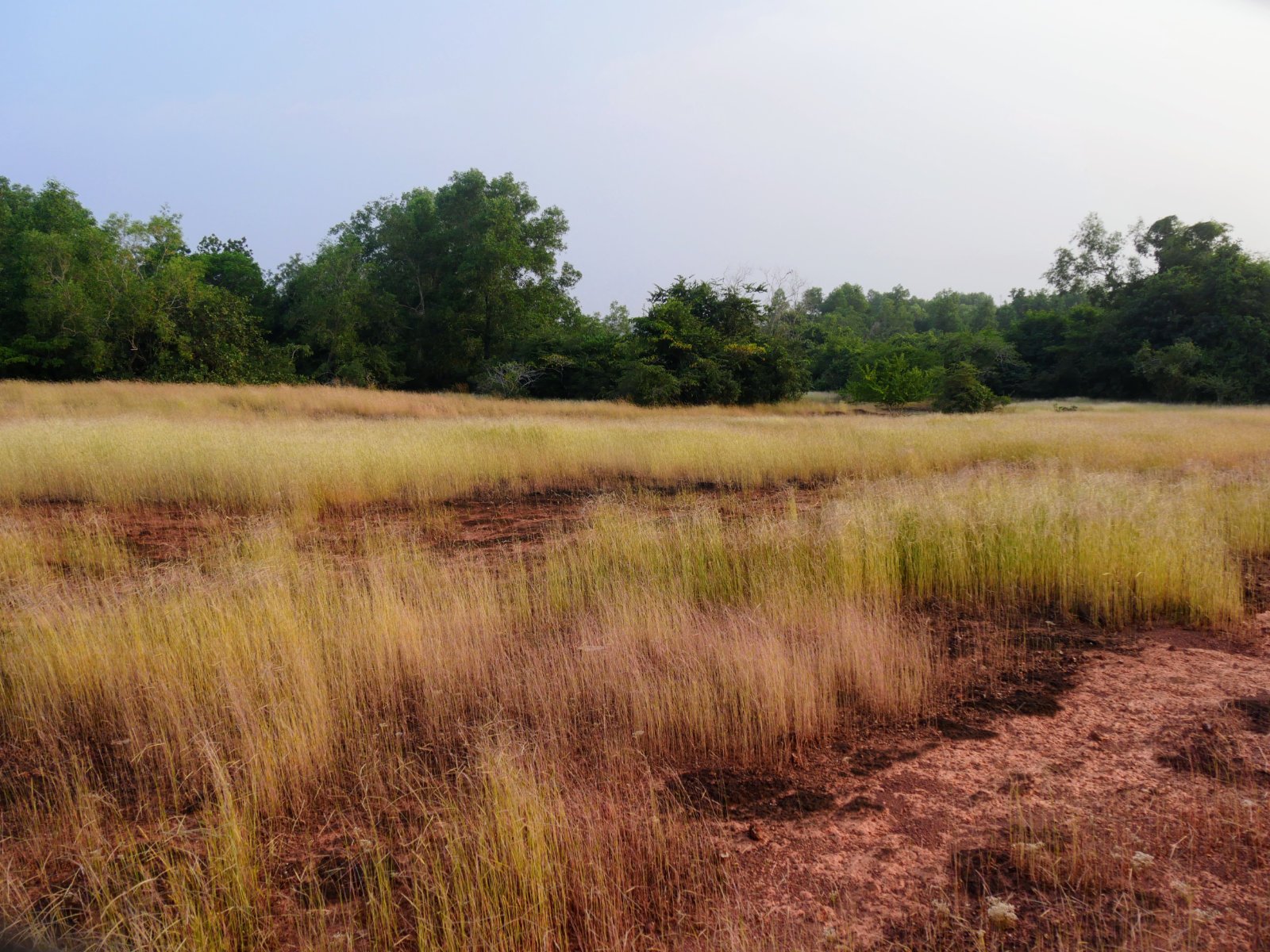
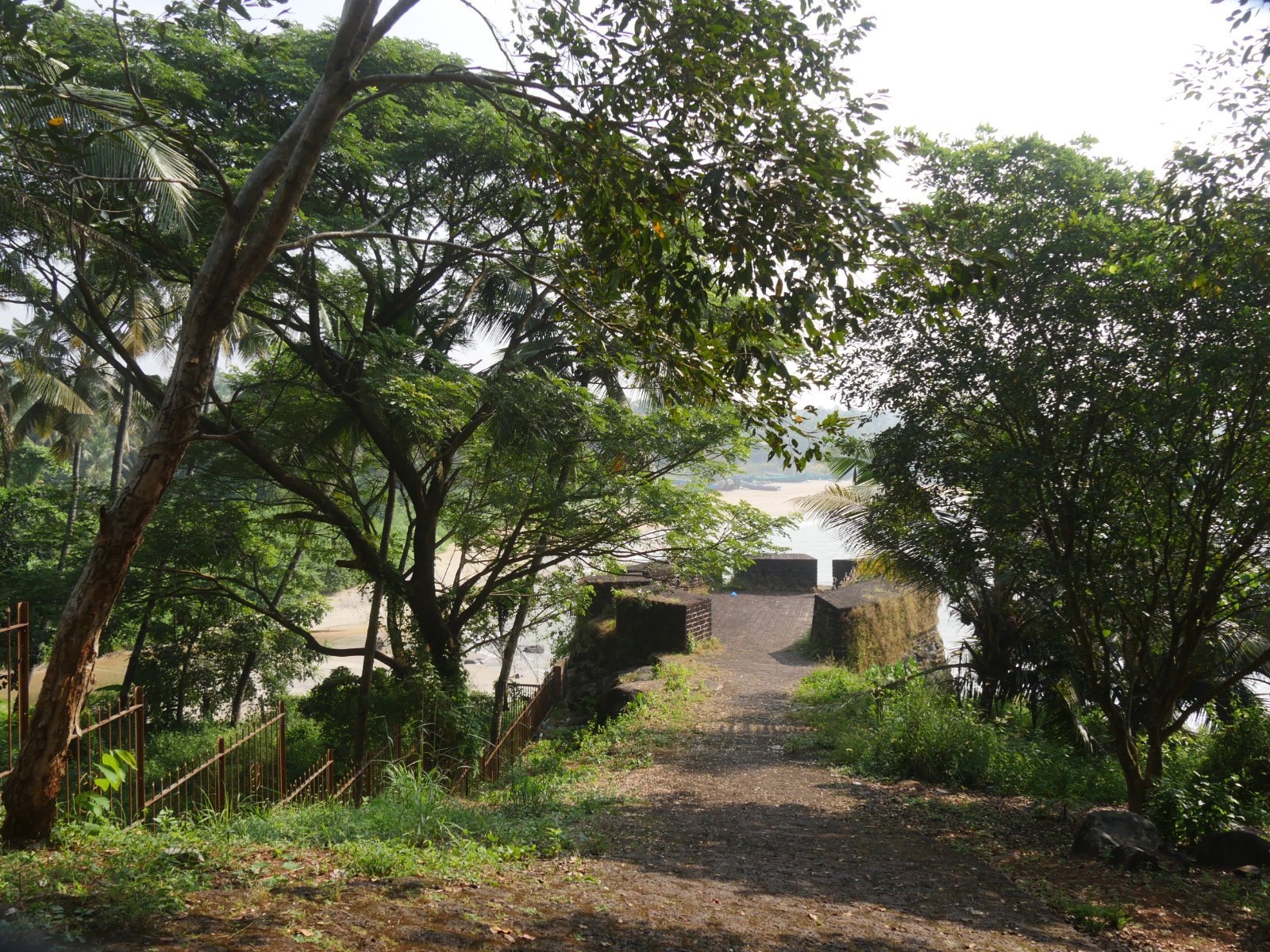
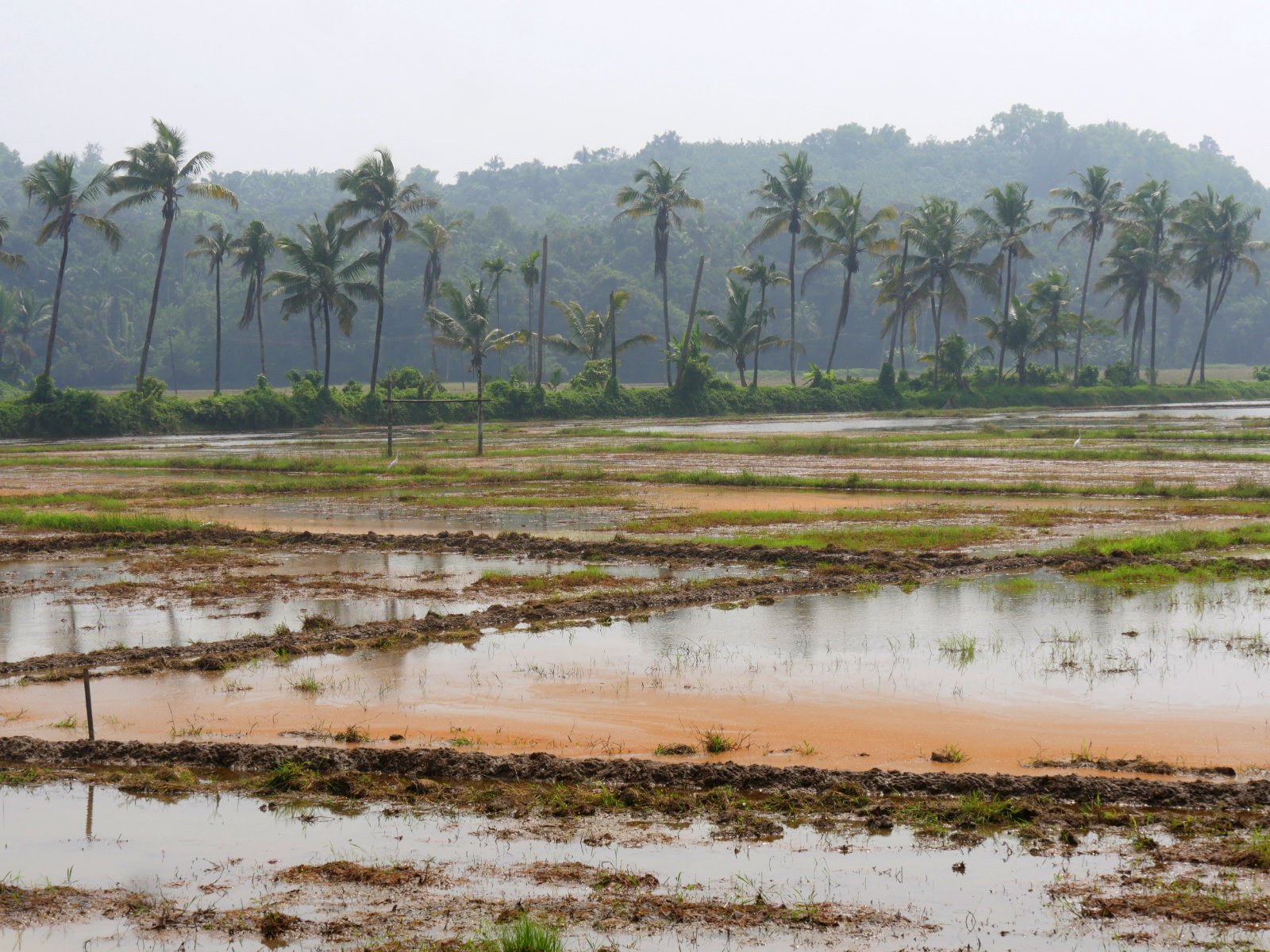
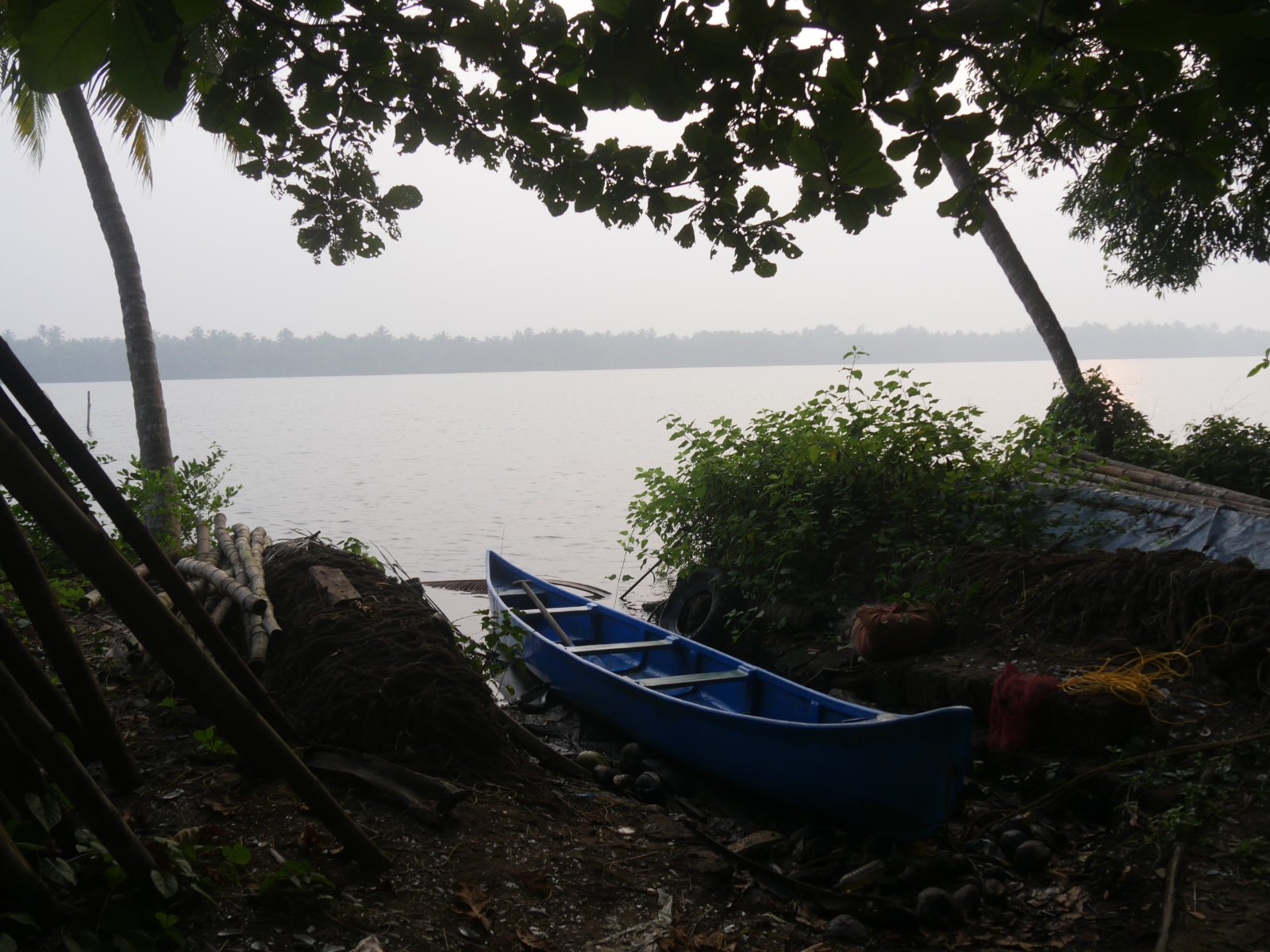
Malik Deenar Mosque
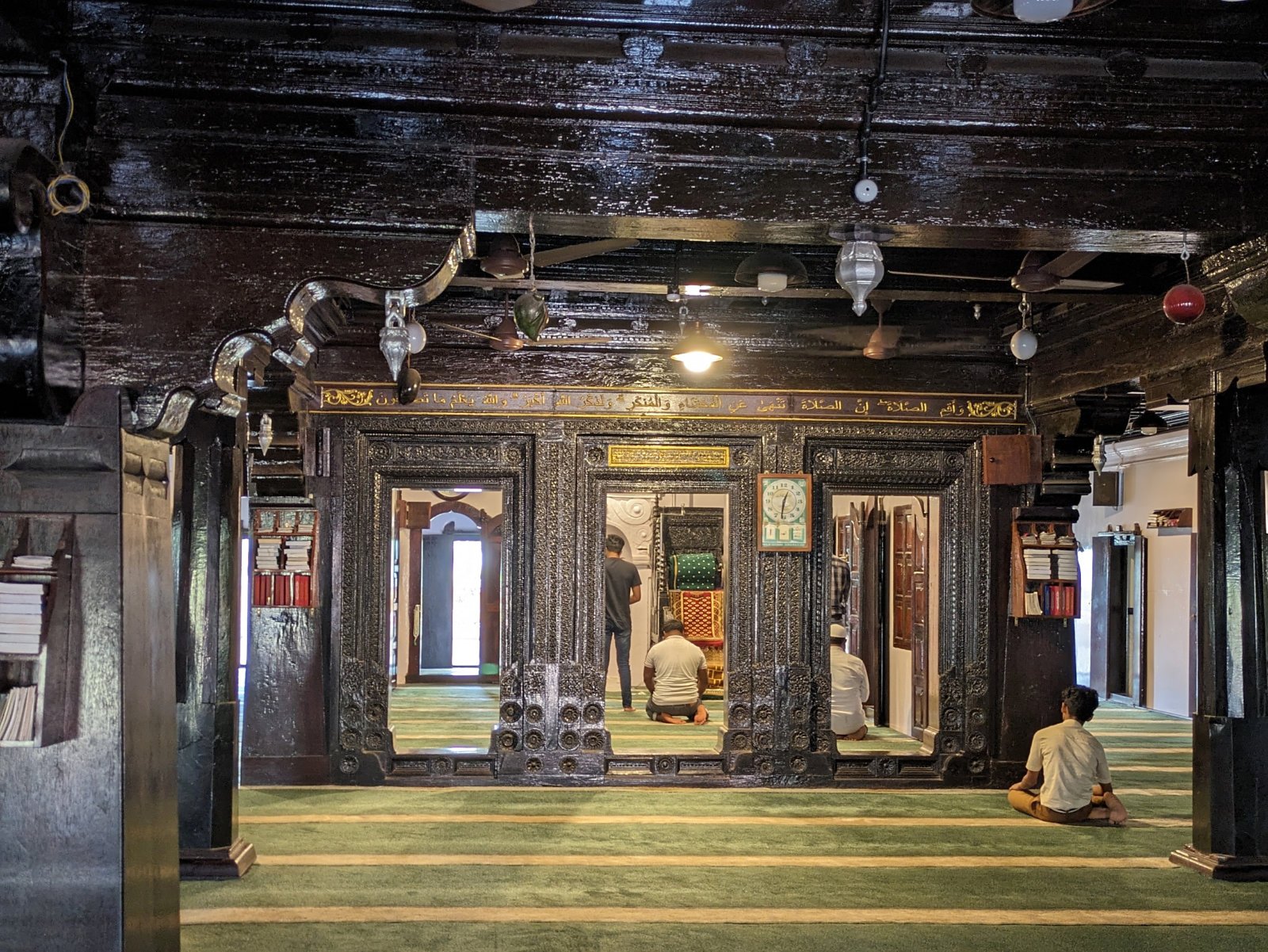
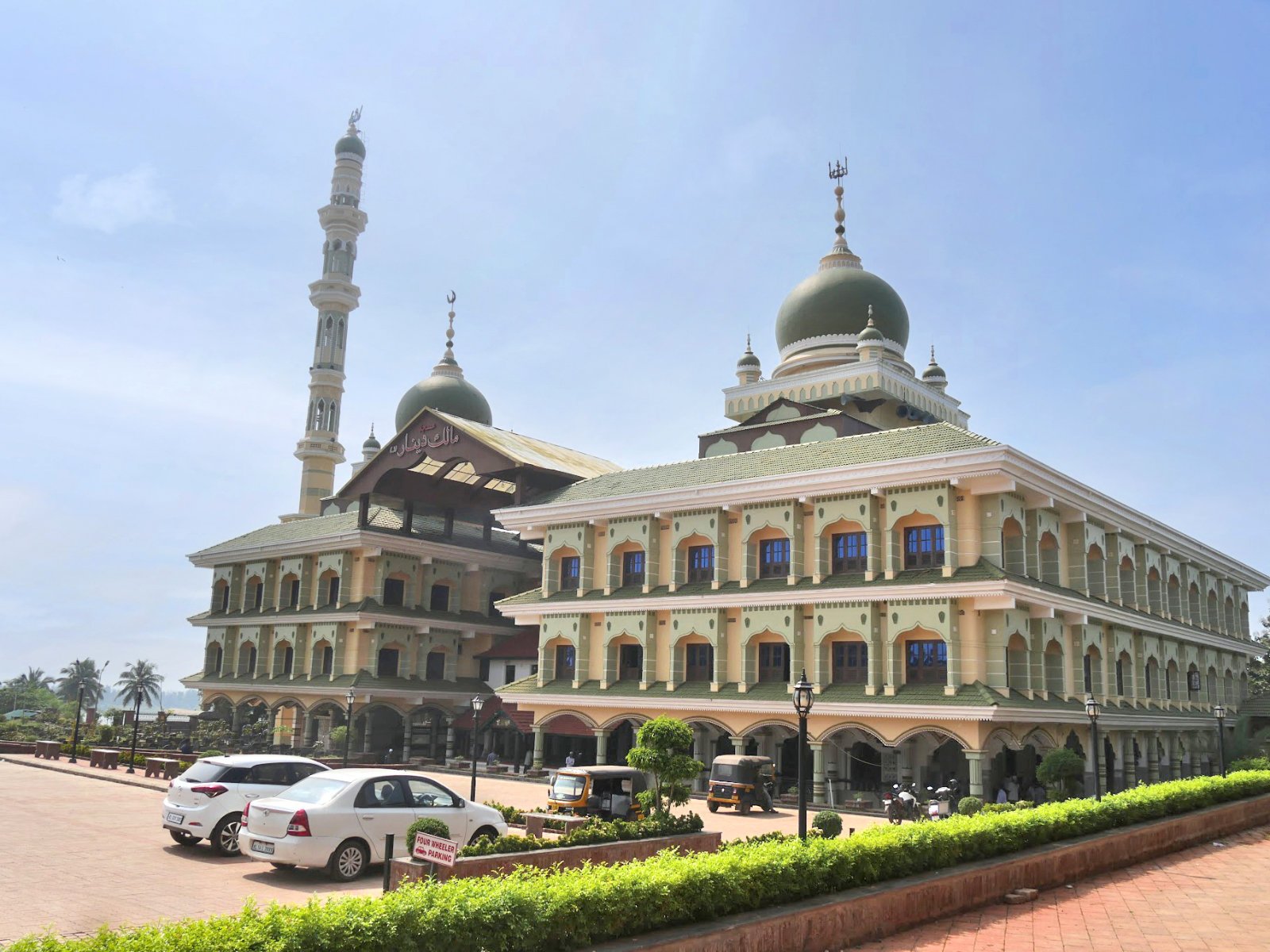
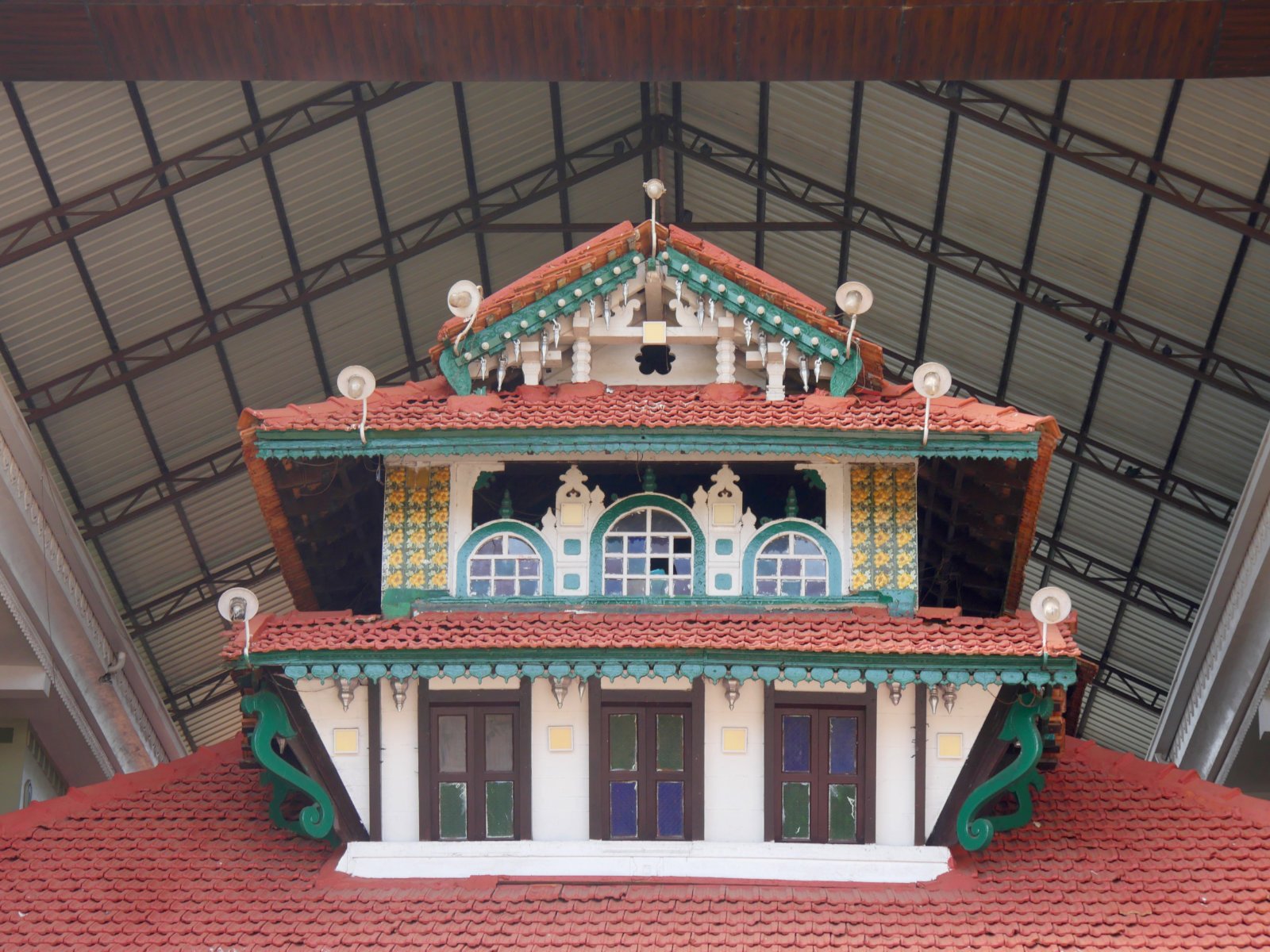
The Mosque in Thalangara is one of India’s oldest mosques. It was founded by Malik Ibn Deenar, who was a companion of Prophet Muhammad. Malik and twelve companions arrived over 1,500 years ago to spread Islam. Every year, their arrival is celebrated with the Urs Festival. The mosque was built in 642 AD, only ten years after the death of Prophet Muhammad, during Cheraman Perumal’s rule. The mosque is a blend of Arabic and Kerala styles with features like Arabic domes, arches, and calligraphy that mix seamlessly with more traditional Kerala elements such as sloping roofs and wooden structures.
Bekal Fort
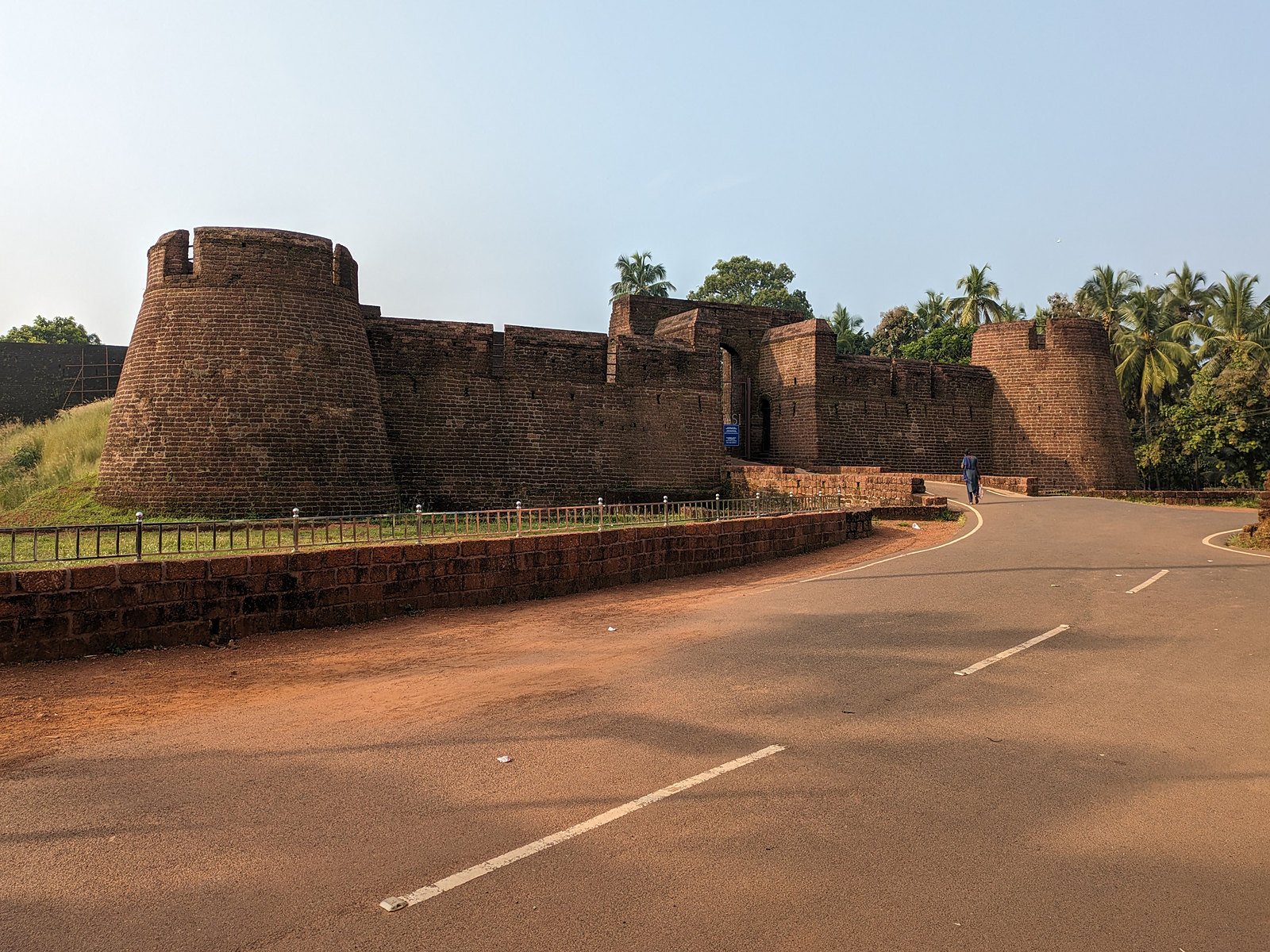
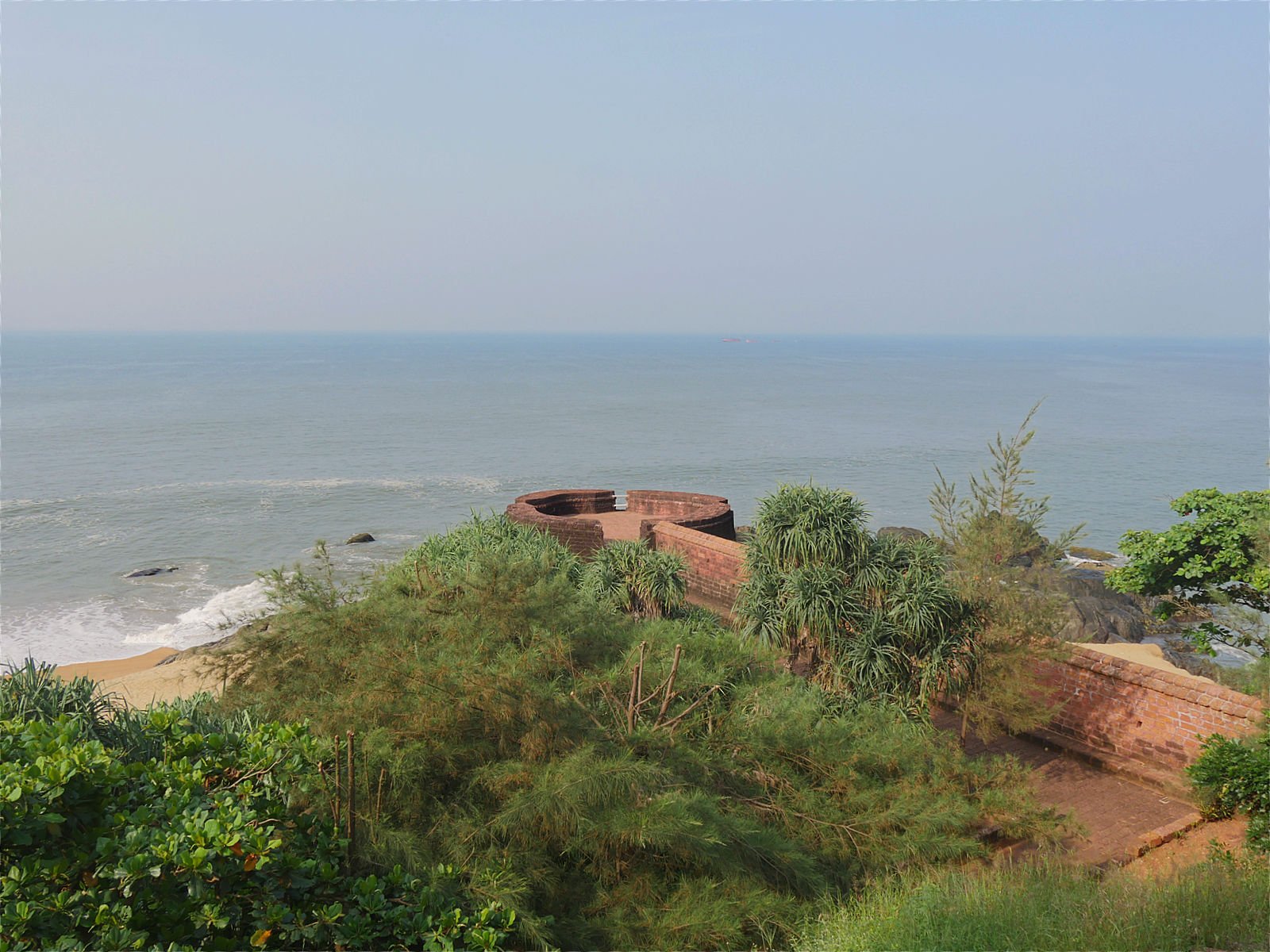

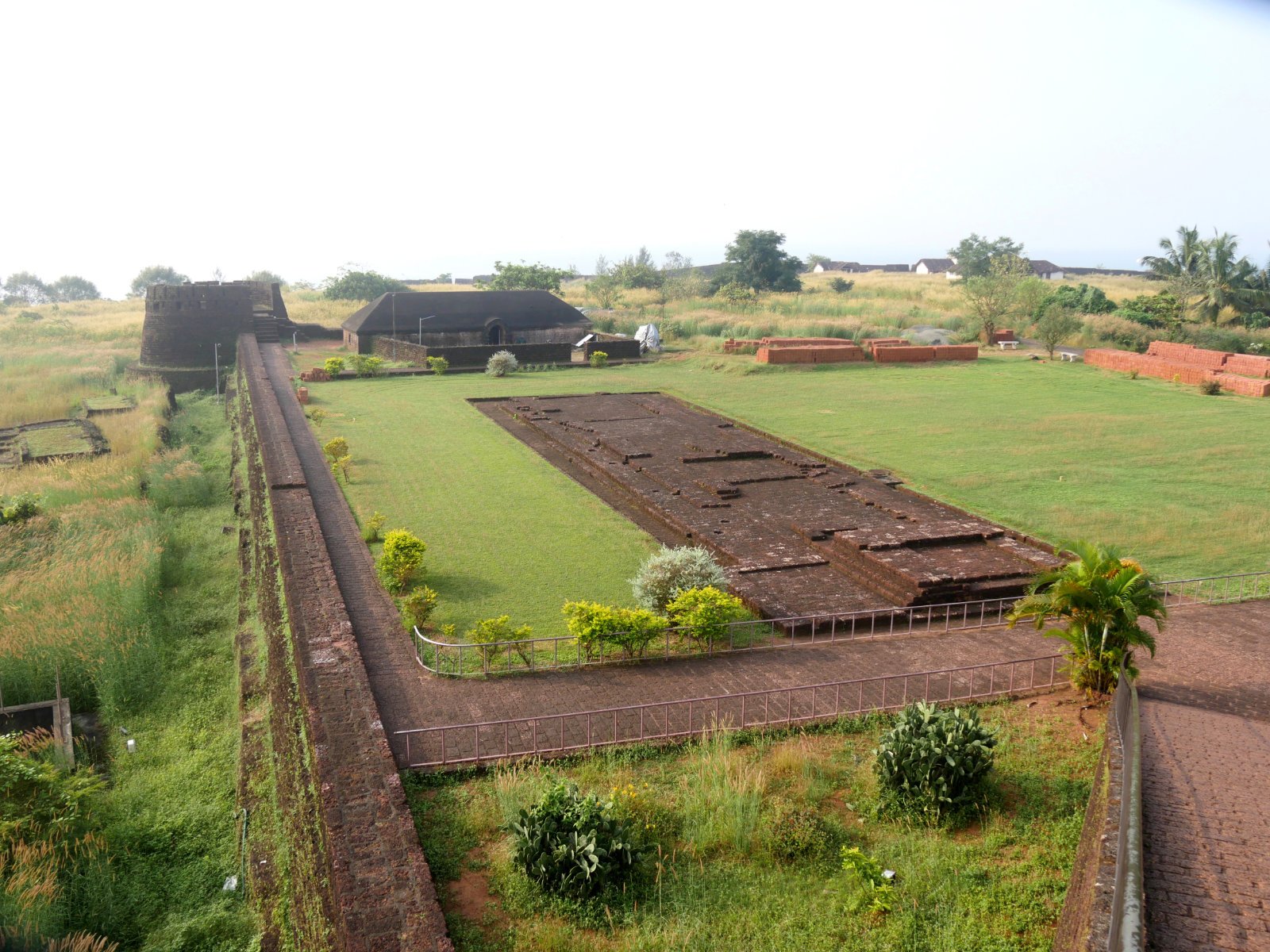
Shivappa Nayaka of the Keladi dynasty built Bekal Fort in the 1650s. It was strategically positioned to control trade routes along the Malabar coast and protect the region from invasions. The fort is made of laterite and has a unique keyhole-shaped design. Its semicircular outer wall has bastions and watchtowers engineered to withstand attacks from different directions and allow better distribution of defensive forces. The narrow entrance acts as a bottleneck for invaders and is fortified with defensive structures such as loopholes for archers and cannons. The fort’s layout maximises its defensive capabilities while providing breathtaking views of the Arabian Sea and the surrounding landscape. Throughout history, it served as a crucial military stronghold for various ruling powers, including the Nayakas, Tipu Sultan, and later the British.
Theyyam
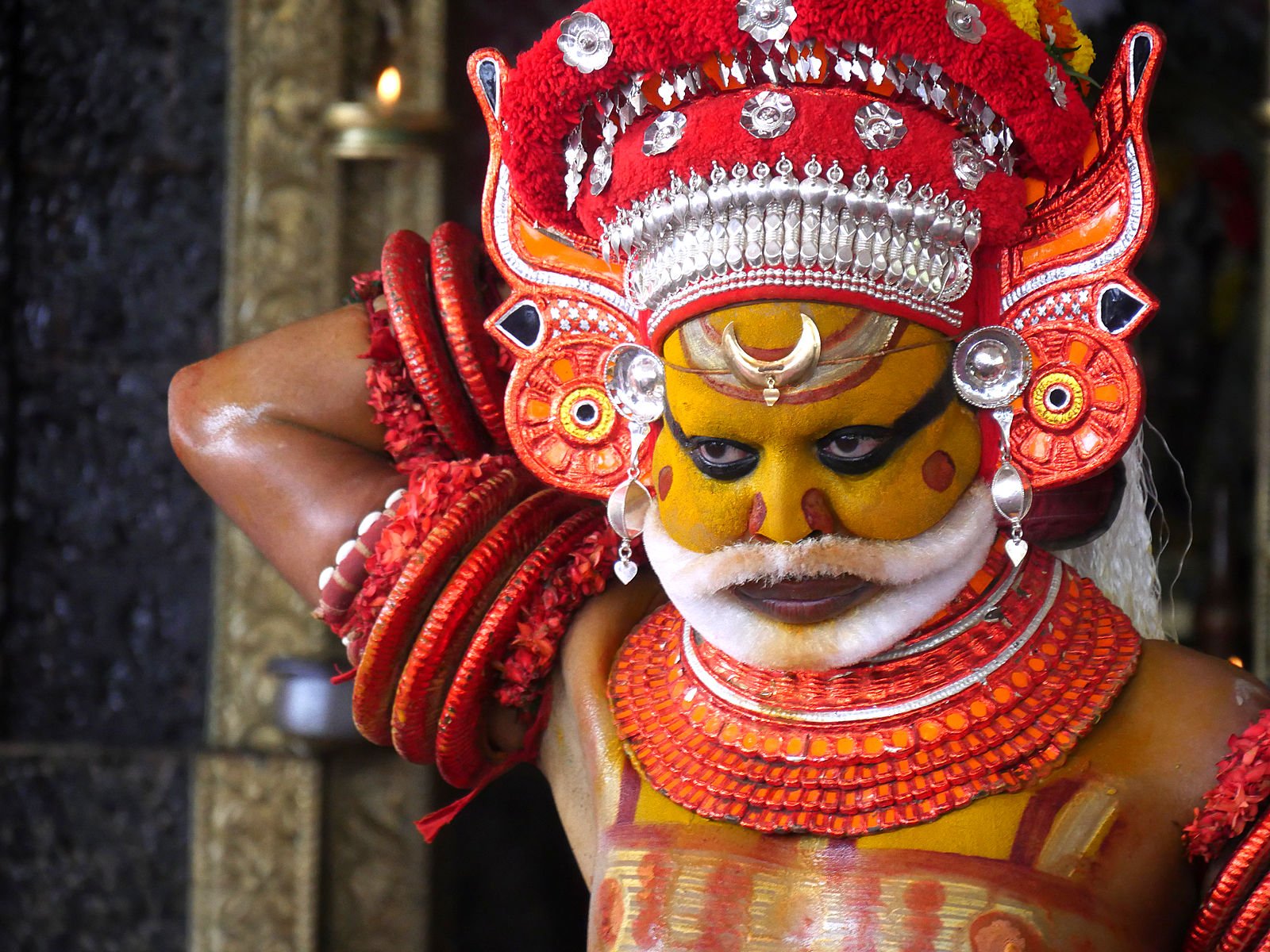

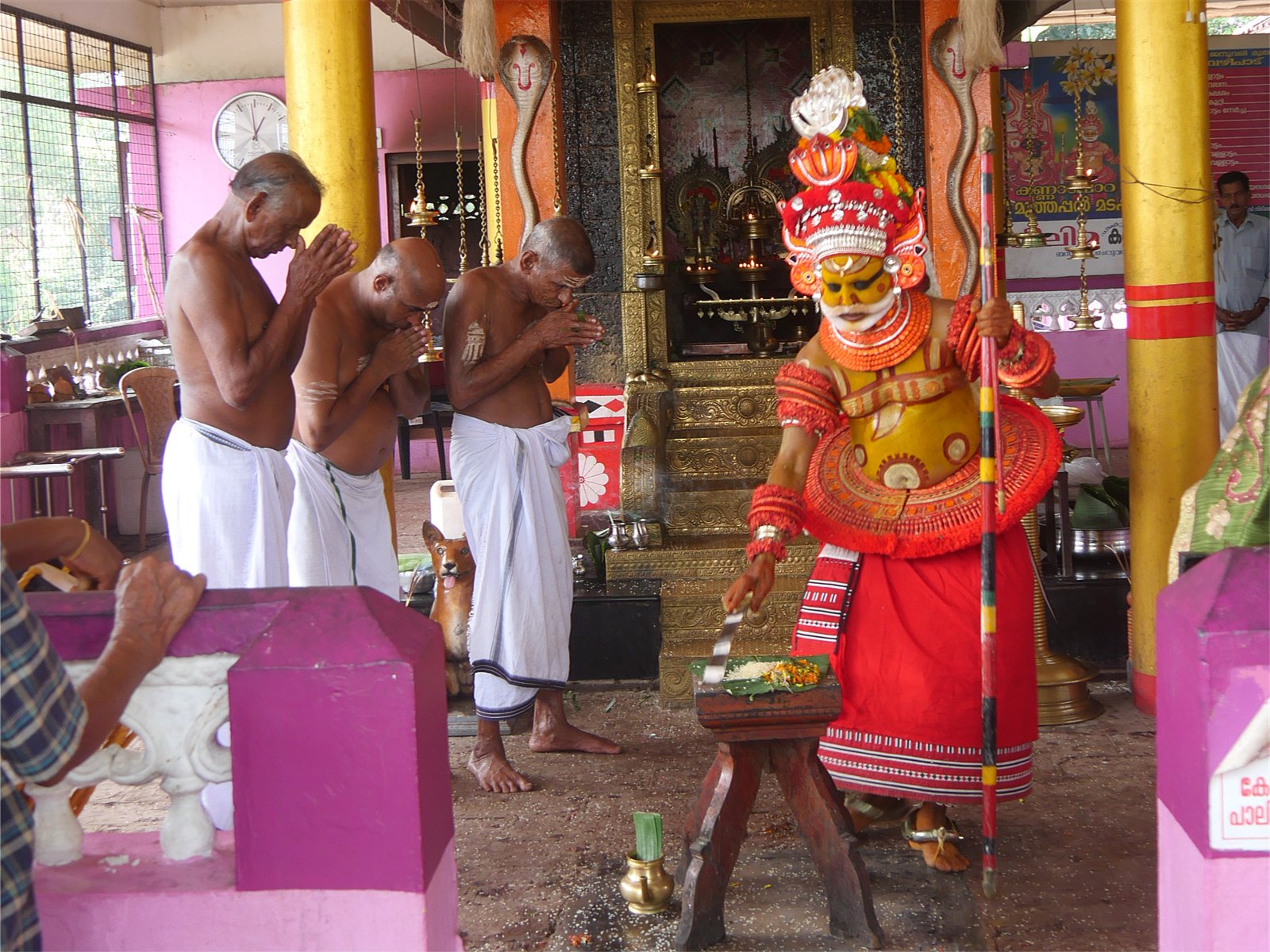





Theyyam, an ancient and captivating ritual performance, has a rich history that is deeply embedded in the Malabar landscape of Northern Kerala. This performance, which includes customs, traditions, and rituals, has evolved over centuries. Theyyam performances happen in places such as sacred groves, open spaces before temples, and streets. Wealthy and privileged individuals sometimes organise theyyam performances in the front yards of their ancestral homes. These performances always take place in open spaces and are inclusive. The ritual thrives on the energy of public spaces and the interaction between performers and a diverse audience of spectators. Theyyam performances are improvisational and respond to the immediate surroundings where performers engage with open audiences. The performances are always spontaneous, and the unpredictability adds to the excitement of the experience.
